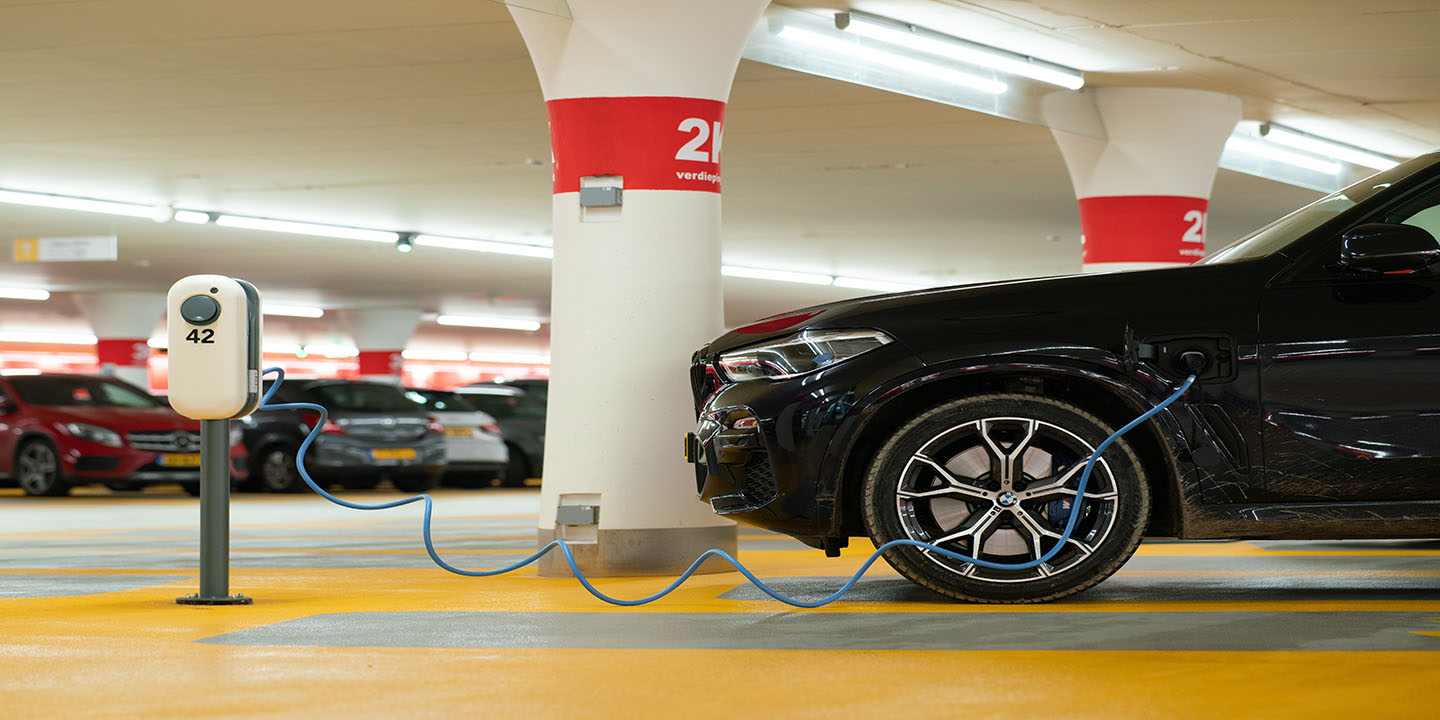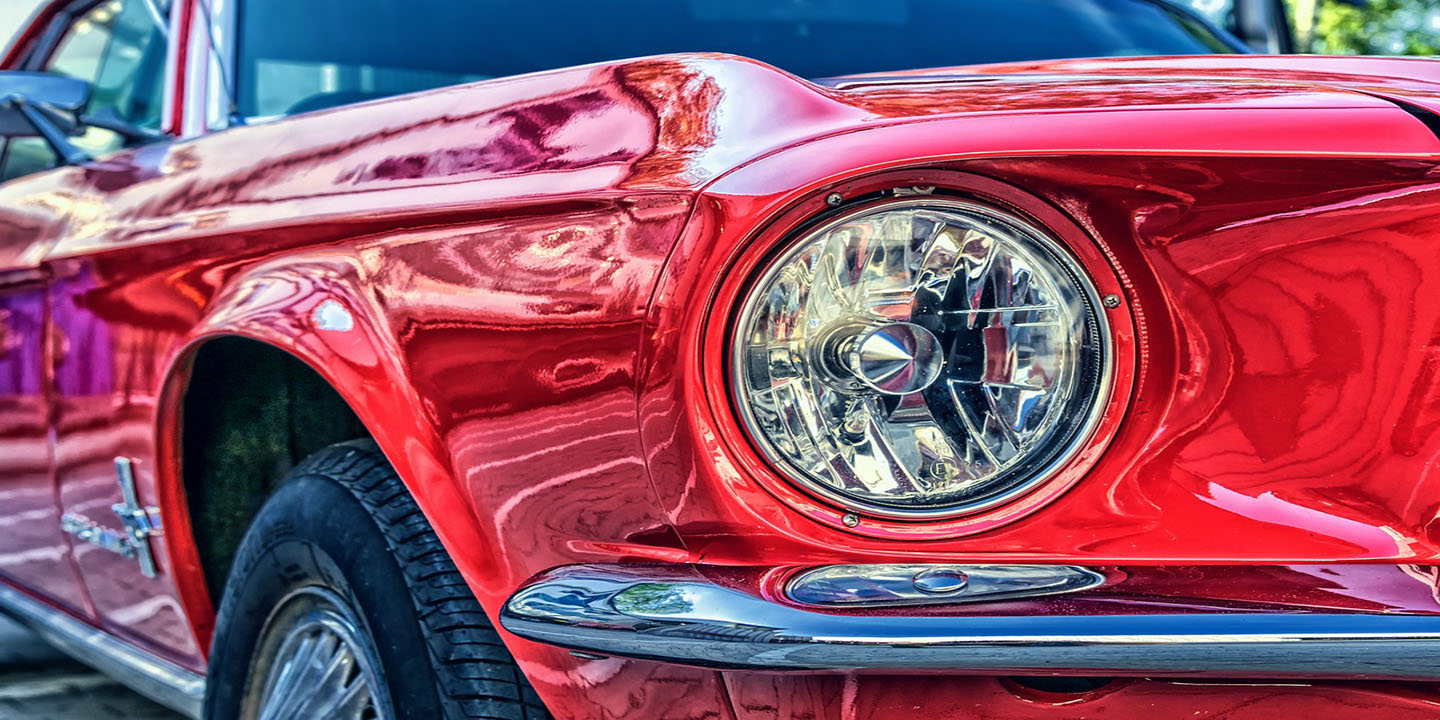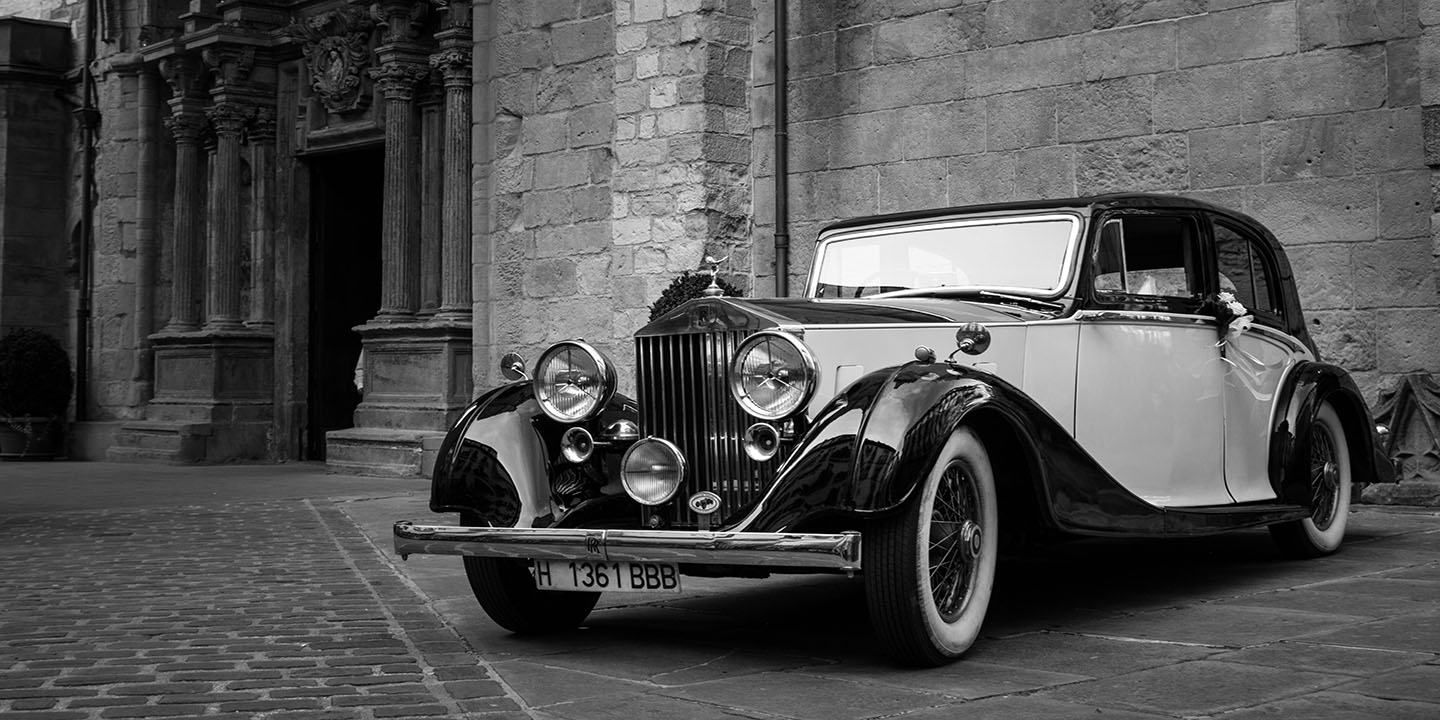All The Ways Formula 1 Engineers Have Pushed The Envelope of Car Performance
In Formula 1, the goal is simple: to go fast. With some of the most brilliant engineering minds in the world working to achieve this goal, it's no surprise the sport has been the catalyst for some of the most ingenious advancements in car technology, with many of which being implemented into road cars too. Here are 20 of the most impactful innovations in Formula 1.
1. The Halo
Arguably the most important safety innovation in F1 is actually a very simple one: the halo which wraps around the driver's cockpit shields and protects him from getting squashed. It was only introduced in 2014 after the death of driver Jules Bianchi but has been seen in action saving lives countless times.
2. Front & Rear Wings
Formula 1 imported the idea of front and rear wings from Texan racecar driver and designer Jim Hall who invented them. The wings improve downforce and cornering speeds.
3. Active Suspension
Active suspension allows teams to adjust their car's suspension in response to driving conditions. It enabled cars to maintain a more stable and flat position. However, it was banned in 1993 to curb costs and help maintain a level playing field among the teams.
4. Carbon Fiber Chassis
Carbon fiber has been used in F1 cars since McLaren introduced it in 1981. Celebrated for its light weight and strength, the material makes up 85 percent of modern Formula 1 cars.
5. Hybrid Power Units
2014 saw a major shift with most teams switching from fully petrol-powered engines to much more fuel-efficient hybrid engines, touted for their environmental sustainability as well as their powerful torque. However, talk of switching back to petrol-based V8 engines with more sustainable fuels has surfaced as fans are nostalgic for those noisy petrol engines.
6. Semi-Automatic Transmission
1989 saw a shift to semi-automatic transmission designed to ensure more seamless and consistent gear changes and reduce the driver's workload. Since then, all teams have switched to semi-automatic gearboxes, effectively retiring the old manual model.
7. Turbocharging
Turbochargers force more air into the engine, providing an extra boost of power. Renault was the first team to implement the technology in 1977 and it earned them a win. Other teams soon followed suit.
8. Fire-Resistant Suits
Another major safety invention, the need demonstrated after many driver fatalities due to engine fires in the early days of F1, was the fire-resistant suit, introduced in the 1960s. The FIA required all drivers to wear the suits, greatly enhancing their safety.
9. Ground-Effects-Generated Downforce
Ground-effects-generated downforce refers to multiple design additions that decrease the space between the car and the ground, creating immense downforce that enhances speed, grip, and car handling. Some examples are the skirts around the sides of modern F1 cars and the low front wing.
10. Quick-Release Wheel Nut
To achieve those impressive two-second pit stops, the quick-release wheel nut was key. Implemented in the 1980s, this small but significant invention allowed for tires to be swiftly changed in the blink of an eye.
 Mohd Nor Azmil Abdul Rahman from Kuala Lumpur, Malaysia on Wikimedia
Mohd Nor Azmil Abdul Rahman from Kuala Lumpur, Malaysia on Wikimedia
11. Monocoque Chassis
The monocoque chassis which was already being used in road cars was only adopted into F1 in the 1960s. This design is characterized by a single load-bearing structure that houses the chassis and the body as opposed to the earlier ladder frame design consisting of two parallel beams connected by another crossbeam. The monocoque design was lighter, faster, and made for better handling.
 Brian Snelson from Hockley, Essex, England on Wikimedia
Brian Snelson from Hockley, Essex, England on Wikimedia
12. Rear-Mid Engine
F1 cars position the engine behind the drivers but in front of the rear-wheel axles. The position of the engine came into favor in the 1960s, making for better weight distribution, aerodynamics, car handling, and cooling.
13. KERS
The kinetic energy recovery system (KERS) is a system that stores kinetic energy that would otherwise be lost during braking for later use. It can either be stored electrically in a battery or mechanically in a flywheel and deployed as a temporary power boost that's helpful when overtaking.
14. HANS Device
The head and neck support (HANS) device in Formula 1 is that structure jutting out from behind the driver's helmet, fastened to his shoulders. Introduced in 2003, the device supports and holds the driver's head in place, reducing head and neck injuries.
 Zach Catanzareti Photo on Wikimedia
Zach Catanzareti Photo on Wikimedia
15. Double Diffuser
Diffusers help evacuate air from under the car, enhancing downforce and aerodynamics. In 2008, Brawn GP created a second diffuser, adding a significant boost of downforce to their car. This gave them a major leg-up over the other teams and secured them the constructors' championship in 2009.
16. Tire Warmers
As you can see when you watch a race, tire temperature is key to speed. It takes time for a driver with fresh tires to warm them up enough to gain on his opponents. Tire warmers were introduced in the 1980s to mitigate the slowing effect of cool tires.
 Sara Cimino from Milan, Italy on Wikimedia
Sara Cimino from Milan, Italy on Wikimedia
17. F-Duct
The F-duct, developed by McLaren, was a system of pipes controlled by the driver that delivered airflow to the rear of the car. It proved to be extremely effective at reducing drag but was only allowed for one season in 2010 before being banned by the FIA as it was deemed too unsafe for drivers to operate.
18. Dual Axis Steering
In 2020, Mercedes unveiled a game-changing innovation meant to improve tire durability. Dual-axis steering allowed drivers to change the toe angle, generating more heat, by pulling on the steering wheel. Despite being highly effective, it was outlawed in the 2021 season onward for being distracting.
19. Downwash Sidepods
Sidepods are crucial to Formula 1 cars for their role in reducing drag from the rear tires. Located on either side, they direct the airflow around the car and enhance its aerodynamics. In 2022, Red Bull developed downwash sidepods that create low drag and balanced downforce and proved to be superior to the other team's designs.
20. Beam Wings
The much less obvious but equally as important beam wings are the small wings located under the rear wings. They improve diffuser performance by pulling airflow through it. In 2022, Red Bull innovated the beam wings further, creating placing beam wings in a staggered biplane arrangement that directed even more airflow to the diffuser.























